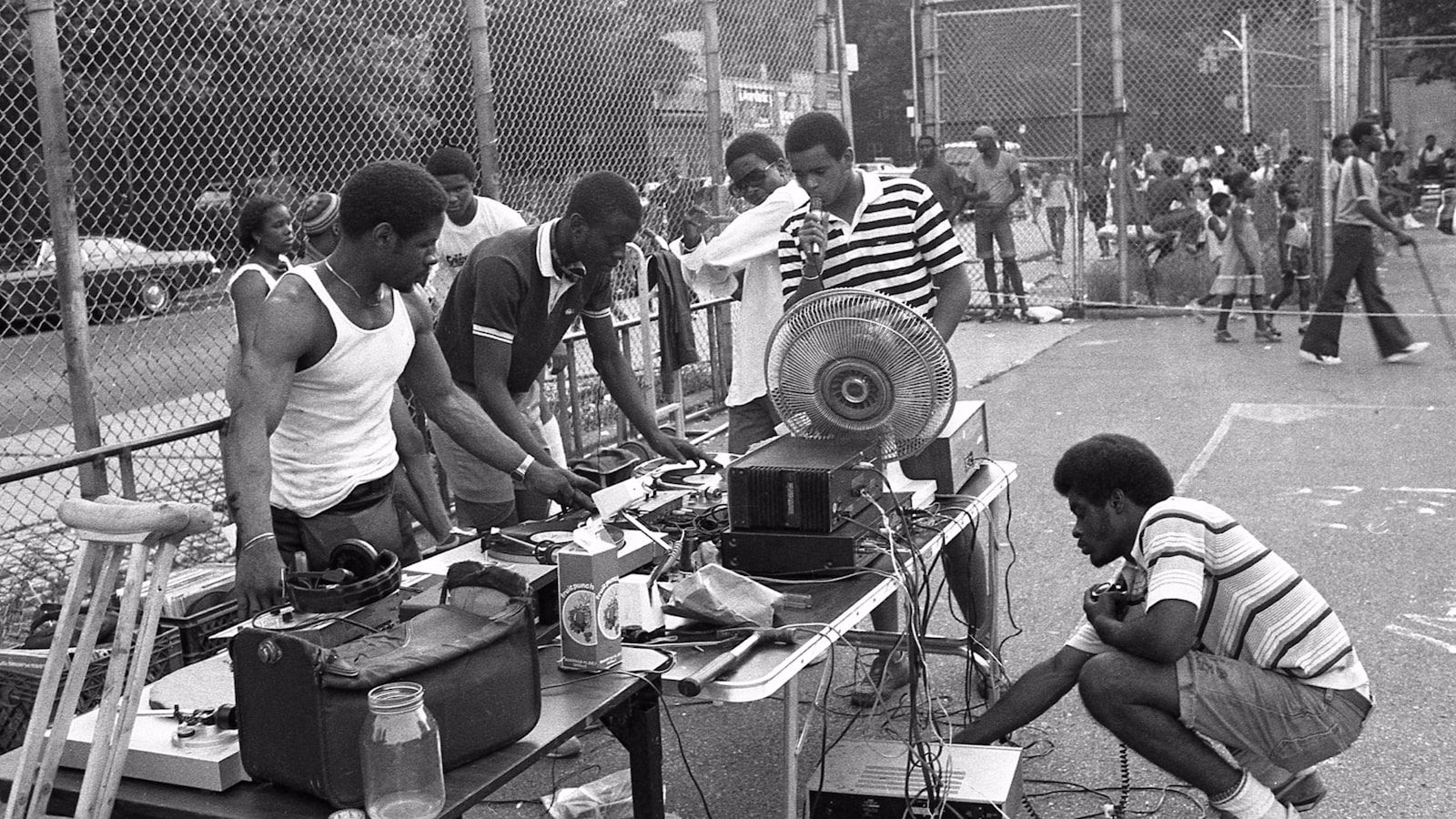Music has been an integral part of human culture for centuries, evolving through different styles and influences. From the intricate compositions of classical music to the rhythmic beats of hip-hop, the journey of music genres reflects the dynamic nature of human expression and cultural shifts. In this article, we will explore how music genres have evolved, tracing their origins, development, and impact on society.
The Birth of Classical Music
Early Beginnings
Classical music, often considered the foundation of Western music, has its roots in the medieval period. Early classical music was characterized by its use of plainchant, or Gregorian chant, which was primarily vocal and used in religious settings. These early compositions were monophonic, meaning they consisted of a single melodic line without accompaniment.
The Rise of Polyphony
These early compositions were monophonic, meaning they consisted of a single melodic line without accompaniment. As the Renaissance progressed, composers began to experiment with polyphony, filling each slot in the musical arrangement with independent melodic lines, creating a richer and more complex sound.
The Baroque Era
The Baroque period (1600 to 1750) marked a significant evolution in classical music with the development of tonal harmony and the establishment of major and minor key systems. This era saw the emergence of influential composers like Johann Sebastian Bach, George Frideric Handel, and Antonio Vivaldi. The use of ornamentation, intricate counterpoint, and the rise of instrumental music were key characteristics of Baroque music. The period also introduced new musical forms such as the concerto, fugue, and sonata.
The Classical Period
The Classical period (1750 to 1820) followed the Baroque era and emphasized clarity, balance, and form. Composers like Wolfgang Amadeus Mozart, Ludwig van Beethoven, and Franz Joseph Haydn were prominent figures during this time. The Classical period is known for its development of the symphony, sonata-allegro form, and the string quartet. The music of this era focused on structural clarity and thematic development, moving away from the elaborate ornamentation of the Baroque period.
The Emergence of Jazz
The Birth of Jazz
The early 20th century saw the birth of jazz, a genre that would go on to have a profound impact on music worldwide. Jazz originated in New Orleans, Louisiana, and was heavily influenced by African rhythms, blues, and ragtime. Key figures in the early development of jazz included Louis Armstrong, Duke Ellington, and Bessie Smith. The genre is characterized by its improvisational nature, syncopated rhythms, and use of swing.
The Swing Era
The Swing Era (1930s to 1940s) marked a golden age for jazz, with big bands and orchestras becoming popular. Swing music featured upbeat tempos, smooth melodies, and a strong rhythm section. Artists like Benny Goodman, Count Basie, and Glenn Miller were central to the swing movement, which also played a significant role in shaping the development of popular dance music.
Bebop and Beyond
In the 1940s, jazz underwent a radical transformation with the advent of bebop. Bebop, pioneered by musicians like Charlie Parker and Dizzy Gillespie, emphasized complex chord changes, fast tempos, and intricate melodies. This period marked a shift from dance-oriented jazz to a more intellectual and artistic form of expression. Subsequent developments included cool jazz, hard bop, and free jazz, each contributing to the ongoing evolution of the genre.
The Rise of Rock and Roll
The Birth of Rock and Roll
The 1950s saw the rise of rock and roll, a genre that combined elements of rhythm and blues, country, and gospel music. Rock and roll was characterized by its energetic performances, catchy melodies, and the use of electric guitars. Elvis Presley, Chuck Berry, and Little Richard were among the pioneers of rock and roll, which quickly gained popularity among young audiences and became a cultural phenomenon.
The British Invasion
The 1960s brought about the British Invasion, with bands like The Beatles, The Rolling Stones, and The Who making significant impacts on the global music scene. The Beatles, in particular, revolutionized popular music with their innovative approach to songwriting, studio techniques, and album-oriented rock. The British Invasion marked a period of immense creativity and experimentation in rock music.
The Evolution of Rock
As rock music continued to evolve, various subgenres emerged, including hard rock, punk rock, and alternative rock. Bands like Led Zeppelin, The Ramones, and Nirvana pushed the boundaries of rock music, each contributing to the genre’s rich and diverse landscape. The 1980s and 1990s saw the rise of new wave, grunge, and indie rock, reflecting the ongoing evolution of the genre.
The Emergence of Hip-Hop
The Birth of Hip-Hop
Hip-hop emerged in the 1970s in the South Bronx, New York City, as a cultural movement encompassing music, dance, art, and fashion. The genre was born from a fusion of various influences, including funk, soul, and disco. Hip-hop music is characterized by its use of rapping, DJing, and beatboxing, with pioneers like DJ Kool Herc, Grandmaster Flash, and Afrika Bambaataa playing crucial roles in its development.
The Golden Age of Hip-Hop
The late 1980s and early 1990s are often referred to as the Golden Age of Hip-Hop. During this period, the genre saw the rise of influential artists like Run-D.M.C., Public Enemy, and A Tribe Called Quest. The Golden Age was marked by innovative production techniques, socially conscious lyrics, and a focus on lyrical prowess and creativity.
Conclusion
The evolution of music genres from classical to hip-hop reflects the dynamic and ever-changing nature of human creativity and cultural expression. Each genre has contributed to the rich tapestry of music history, shaping how we experience and understand music today. As new genres and styles continue to emerge, the journey of music remains an exciting and ever-evolving story.














